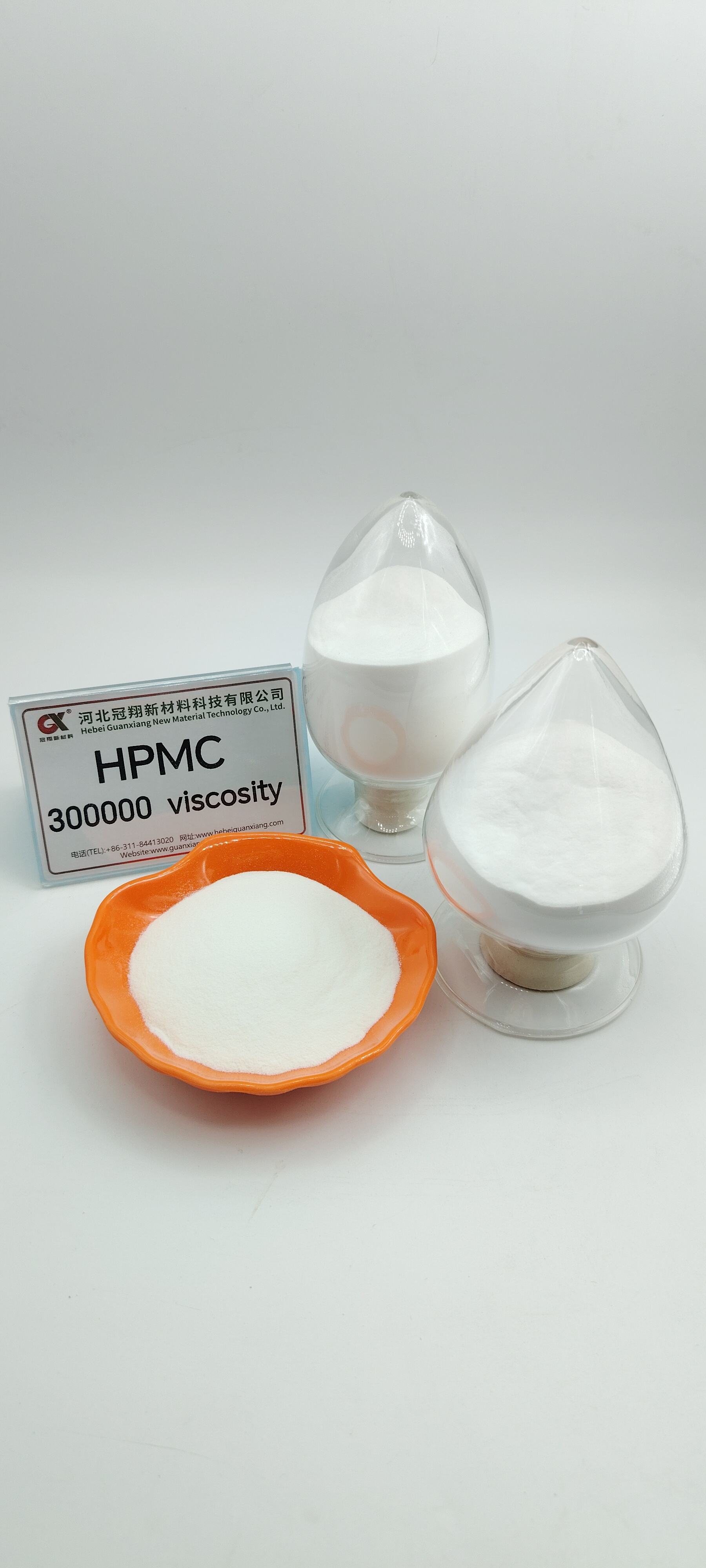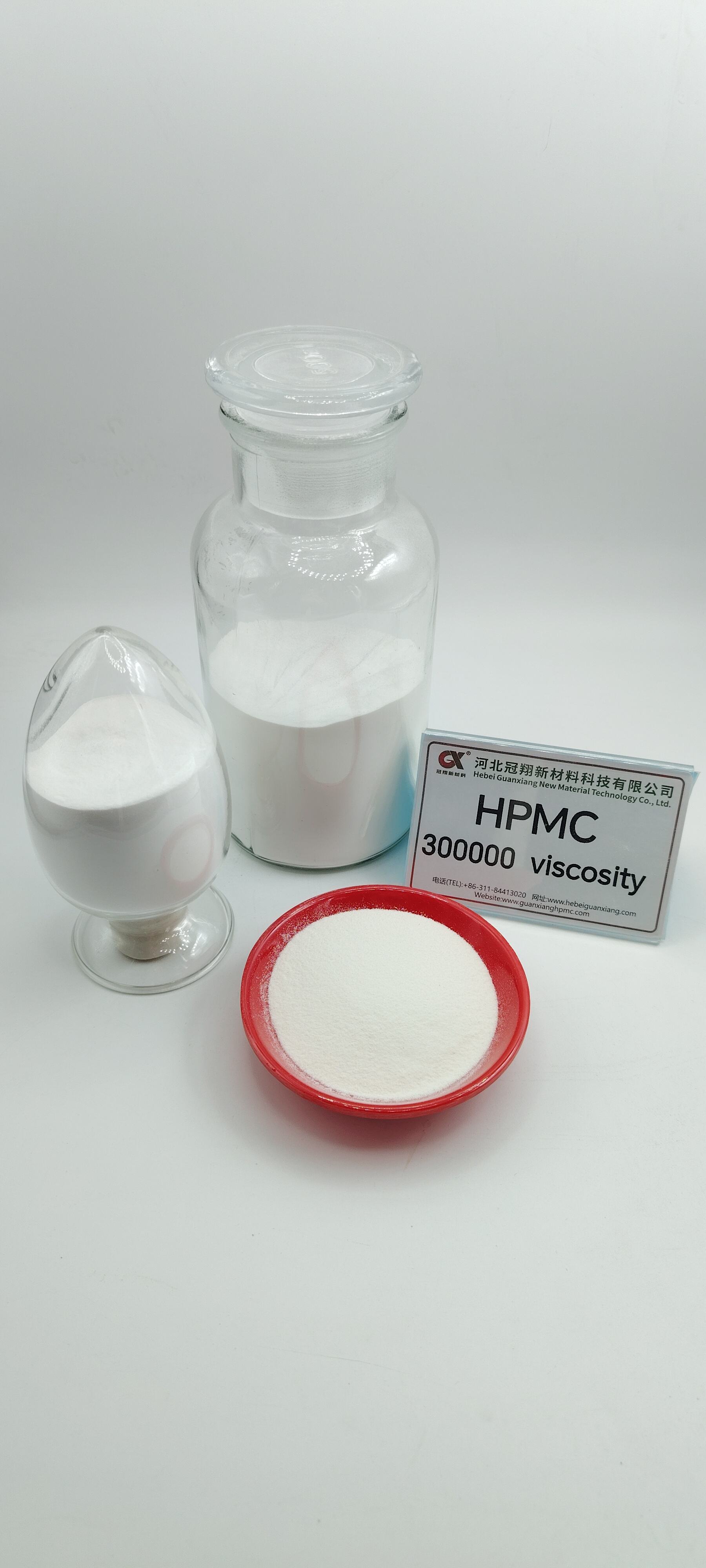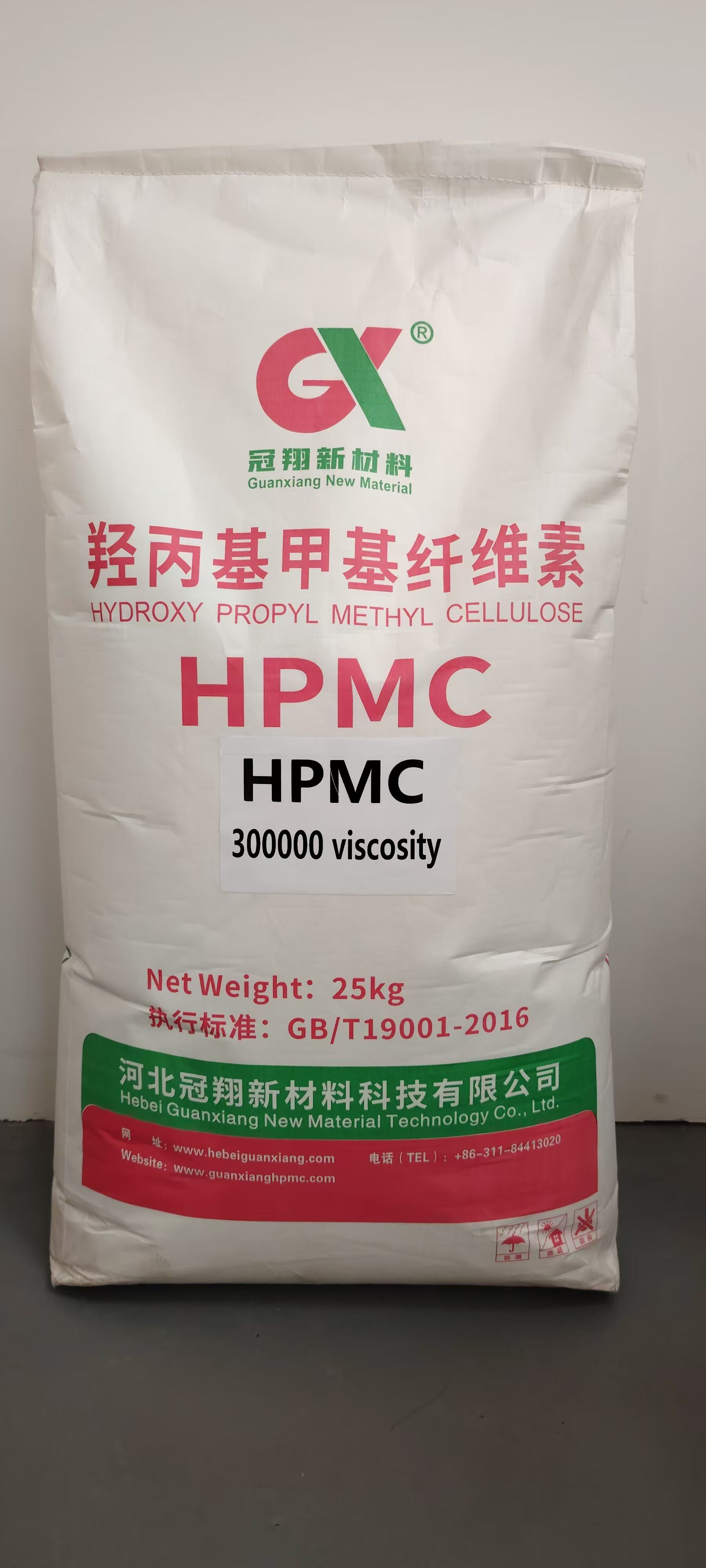hydroxypropyl methylcellulose pharmaceutical use
Hydroxypropyl methylcellulose (HPMC) stands as a versatile pharmaceutical excipient that plays a crucial role in modern drug formulation and delivery systems. This semi-synthetic polymer, derived from cellulose, exhibits remarkable properties that make it indispensable in pharmaceutical applications. In oral drug delivery systems, HPMC functions as a controlled-release matrix, enabling precise regulation of drug release rates through its unique gel-forming capabilities when in contact with aqueous media. The polymer creates a gel layer around the tablet core, controlling drug diffusion and ensuring consistent therapeutic effects. Its technological features include excellent film-forming properties, making it ideal for tablet coating applications where it provides moisture protection and enhances product stability. HPMC's superior binding properties contribute to improved tablet formulation, while its thermal gelation characteristics enable innovative drug delivery approaches. In ophthalmic preparations, HPMC serves as a vital component, increasing solution viscosity and extending contact time with ocular surfaces. The material's pharmaceutical grade meets stringent regulatory requirements, ensuring consistent quality and performance across various applications. Its compatibility with numerous active pharmaceutical ingredients and stability under various processing conditions makes it a preferred choice in pharmaceutical manufacturing.


